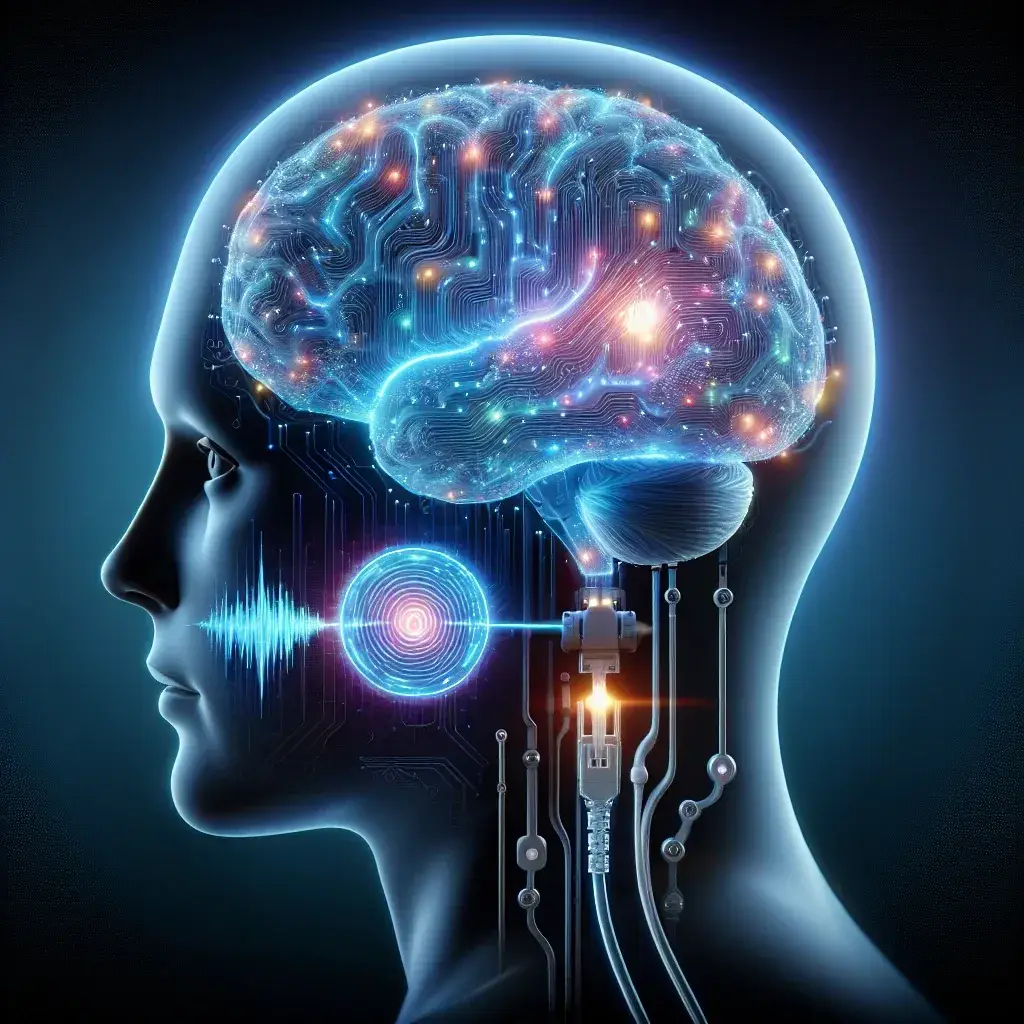Introduction
The emergence of AI-powered brain-computer interfaces (BCIs) marks a revolutionary step in modern medicine, particularly for individuals suffering from locked-in syndrome. This condition, often stemming from traumatic brain injuries, strokes, or diseases such as amyotrophic lateral sclerosis (ALS), leaves patients fully conscious but unable to move or speak. The integration of artificial intelligence into BCI technology has opened new avenues for restoring speech, thereby improving the lives of these individuals.
Understanding Locked-In Syndrome
Locked-in syndrome (LIS) is a rare neurological condition characterized by near-total paralysis, while cognitive functions remain intact. Victims of LIS often find themselves in a silent prison, unable to express thoughts or emotions verbally. The key challenge lies in the brain’s ability to communicate with external devices, which is precisely where BCIs come into play.
The Science Behind Brain-Computer Interfaces
BCIs work by translating neural activity into digital signals that can control computers or external devices. This technology typically involves:
- Electroencephalography (EEG): Recording electrical activity in the brain.
- Neuroprosthetics: Devices that can stimulate specific areas of the nervous system.
- Machine Learning Algorithms: Analyzing the data collected to predict user intent.
AI’s Role in Enhancing BCIs
Artificial intelligence significantly enhances the efficacy of BCIs by improving the accuracy of interpreting brain signals. Traditional methods often struggled with signal interpretation due to noise and variability in brain activity. AI algorithms, particularly those employing deep learning, can analyze vast amounts of data and identify patterns that are not immediately visible. This capability is crucial for individuals with locked-in syndrome, where precision in communication is paramount.
Restoring Speech: A Step-By-Step Overview
Restoring speech in locked-in patients involves several crucial steps:
1. Signal Acquisition
Electrodes are placed on the patient’s scalp to measure brain activity. These signals are then transmitted to a computer for processing.
2. Data Processing
The collected brain signals are processed using machine learning algorithms. These algorithms learn to identify specific patterns associated with the patient’s intended speech or thoughts.
3. Signal Translation
Once the patterns are identified, the BCI translates these brain signals into actionable commands, typically in the form of text or speech output.
4. Speech Output
The translated signals are converted into speech through speech synthesis technology, allowing the patient to communicate verbally.
Real-World Applications and Success Stories
Several pioneering studies demonstrate the potential of AI-powered BCIs in restoring speech. For instance, researchers at Stanford University successfully enabled a locked-in patient to communicate through a BCI system that decoded brain signals into text at a speed comparable to traditional typing. These advancements not only offer hope for restoring speech but also empower patients to express their needs and emotions freely.
Case Study: The Role of Machine Learning
A notable case involved a patient who had been unable to speak for several years due to ALS. By utilizing a BCI equipped with machine learning algorithms, researchers were able to decode the neural signals associated with specific words. Over time, the system adapted to the patient’s unique brain patterns, resulting in the successful restoration of functional communication.
Challenges and Ethical Considerations
While the advancements in AI-powered BCIs are promising, several challenges persist:
- Technical Limitations: Signal noise and variability remain obstacles to achieving real-time, seamless communication.
- Accessibility: The high cost of sophisticated BCI technology may limit access for many patients.
- Ethical Concerns: The potential for misuse of such technology raises questions regarding privacy and consent.
The Future of AI-Powered BCIs
Looking ahead, the integration of AI and BCIs is poised to advance significantly. With ongoing research, we can anticipate:
- Improved Accuracy: Enhanced algorithms that can decode brain signals more effectively and efficiently.
- Broader Applications: Expansion of BCI technology beyond speech restoration to include other forms of communication and interaction.
- Personalized Solutions: Tailored BCI systems that adapt to the unique neural patterns of individual users.
Conclusion
The journey of restoring speech to locked-in patients through AI-powered brain-computer interfaces is a testament to the resilience of innovation in the face of adversity. As technology continues to evolve, it holds the promise of not only restoring communication but also enhancing the quality of life for those affected by severe neurological conditions. By bridging the gap between the mind and machines, BCIs offer a glimpse into a future where communication knows no bounds.
